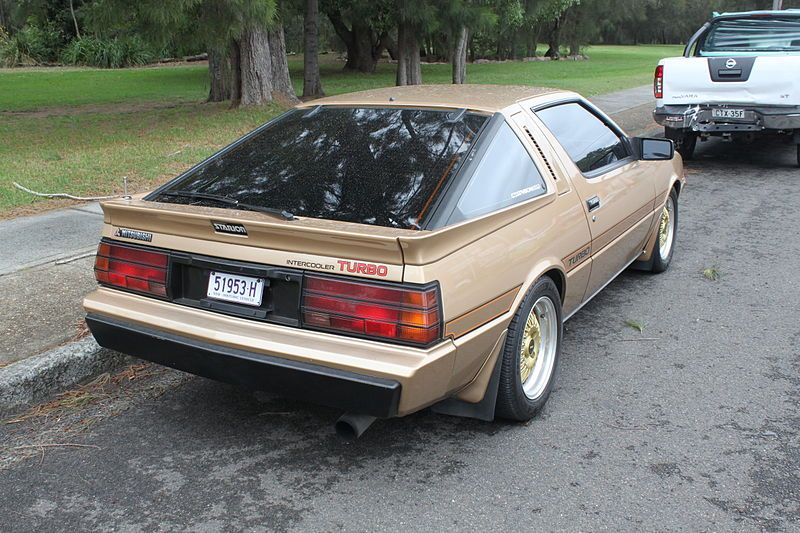Many auto fans remember the Mitsubishi Starion for being a legendary car during the 1980s as it was the first modern Japanese turbocharged vehicle with electronic fuel injection.
Mitsubishi began promoting the Starion in 1982, a time which coincided with the rise of Japanese GT sports cars. It then went on to be marketed in the US under Mitsubishi, and badge-engineered variants such as the Dodge, Plymouth, and Chrysler Conquest emerged. Meanwhile, in the UK, it was referred to as the Colt Starion.
Considering how old the Starion is now, it is possible to be able to purchase Mitsubishi's iconic car at a reasonable price. Car and Classic is currently selling one for around $40,000, and it is a cost worth paying if any readers out there want a vintage model that still has many amazing features. Let's have a look at what makes the 1980s Mitsubishi car so legendary.
What We Love About The 1980s Mitsubishi Starion's Performance, Engine, And Handling
For those of you who are not familiar with this sports car, the Starion is a front-engined, rear-driven model with a 2.0-liter turbo under the bonnet and pop-up headlights, which are so cool. The EX models are capable of an engine output of 180 BHP thanks to the intercooler. Thirty years after Mitsubishi started selling the 1980s model beyond Japanese shores, it still feels just as impressive today as it did back then for many people, even if there are faster cars out there.
Because the car has aged a bit, some models can have dodgy steering. For example, Car Throttle once reviewed a 1987 version of the Starion and found that the on-line road adjustments can be made only by fidgeting with the wheel to try to discover where the rack manages to engage without over-steering. According to the publication, this can make cornering scary.
On the plus side, the steering is astonishingly positive and accurate once the driver has uploaded the outside wheels up through bends. Adjusting the line is so easy to do, apparently. Either way, it is worth checking out the handling of any model anyone reading this article may come across if possible.
6,000 RPM is achievable because of the power delivery that provides a vintage, slow-building boost that keeps it pulling harder to that figure. The more the driver pushes their foot down, the more thrilling the drive gets when the centrally-placed boost gauge builds gradually. The gearbox is remarkable as it is so direct and confident with its shifts. Any journey in the Starion can feel truly amazing.
What We Love About The 1980s Mitsubishi Starion's Design
The 1980s Starion succeeded in capturing what sports cars during this decade should look like. Even to this day, many enthusiasts customize their Starions. It is fair to say that this car's design is timeless.
According to Modern Racer, during production, the Starion was produced in both a narrowbody (also referred to as Sport body) and wide body (known as the 'R' version for Rally body) designs. Mitsubishi decided to make very few changes between different models, with only single improvements representing the change from one model year to the next.
There was only one significant change in the American market when the car was upgraded to the ESI-r (Conquest TSi model); this car includes an intercooler and five-bolt wheels replacing the four-bolt wheels it had inherited from the rear-wheel-drive Galant Lambda.
Though it is easy to say how great the Starion's design is today, at the time, it was a massive drawback for Mitsubishi. In the 1980s, the Japanese automotive company chose the Astron engine with a single-camshaft head (SOHC) as opposed to the dual-cam head, as well as a throttle-body fuel injection setup that combined the fuel with the air prior to entering the plenum chamber. Ultimately, the design had no widespread appeal, and Mitsubishi struggled to sell many units of this car.
It was for these reasons that Mitsubishi decided to end production entirely by 1990, and it was replaced by the 3000 GT, which was fitted with the mechanicals of the Mitsubishi HSX Sports Coupe. But the Starion's features lived on in future models such as the Mitsubishi Lancer Evolution.
The Starion may have been underwhelming during the 1980s, but it is a vehicle that is much more appreciated to this day, and they are easy to buy. Good luck in finding one!


.jpg)
